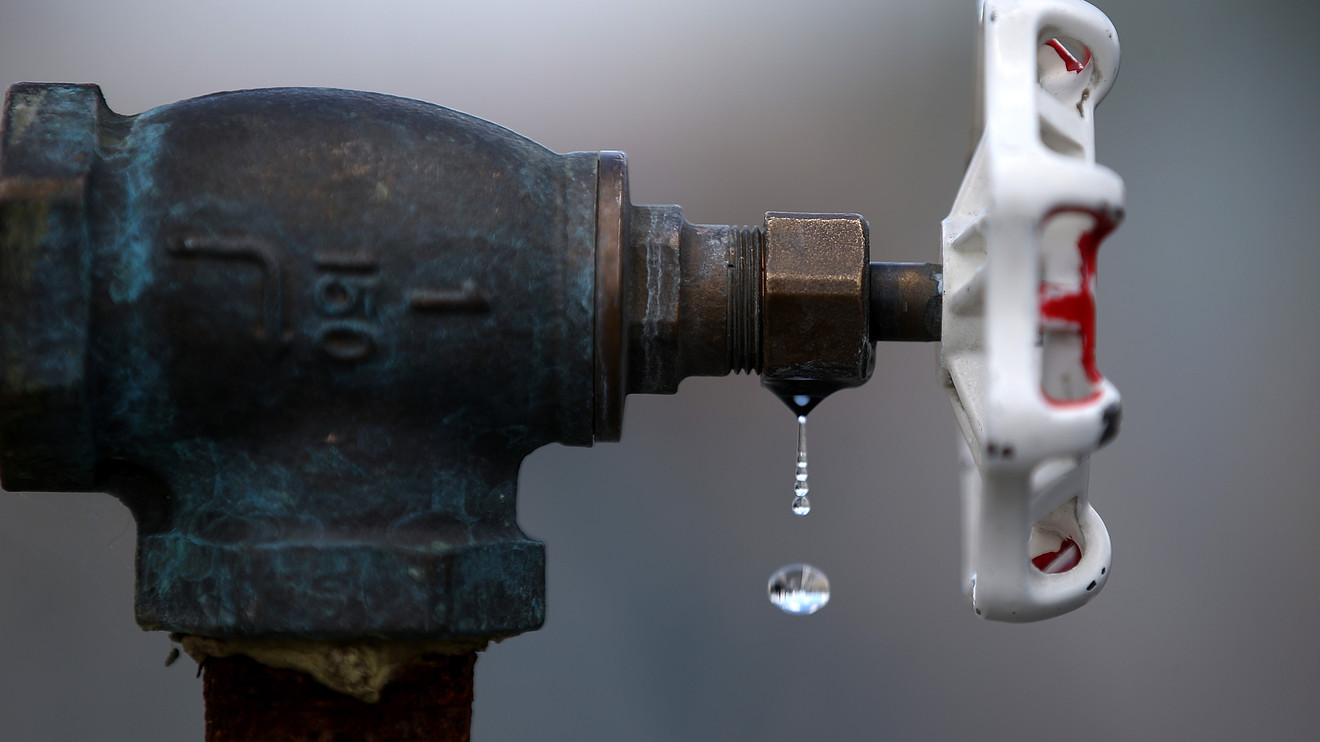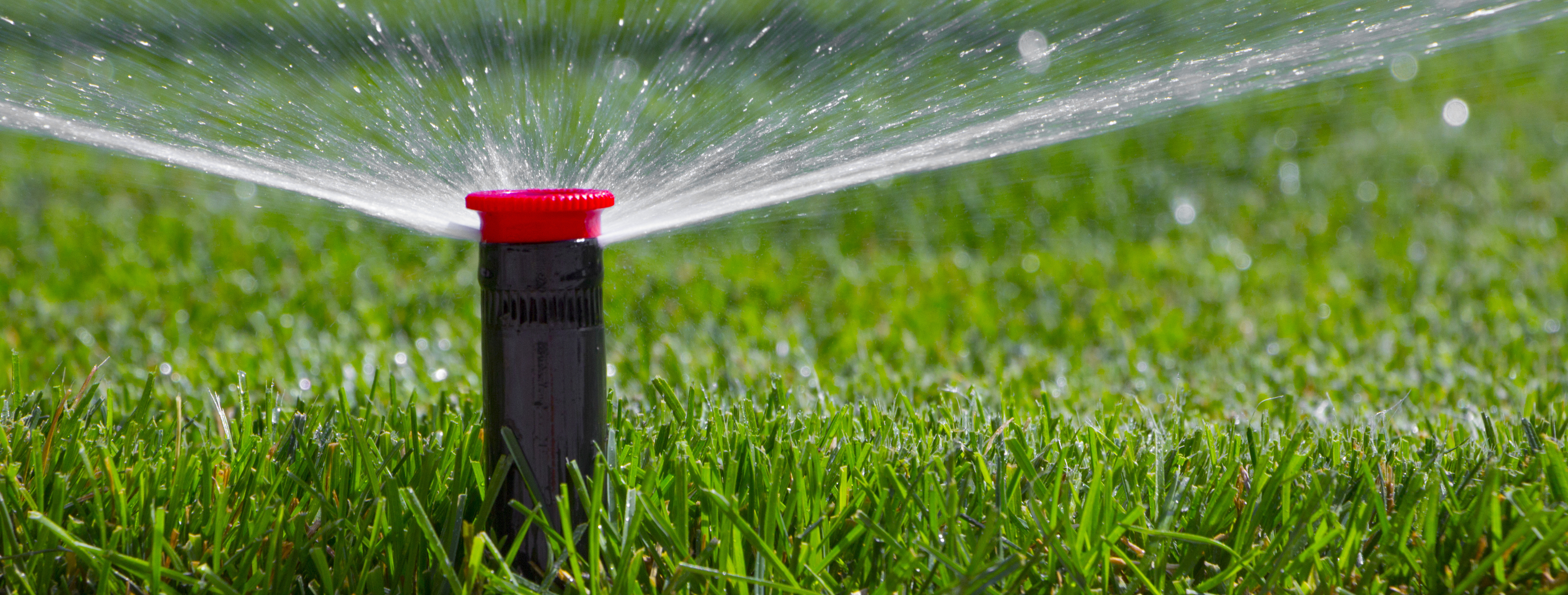Conservation is essential to Texas’ future, and it’s time to get serious

As we head into another hot Texas summer and ponder future summers in a warming climate, the imperative to sustain adequate water availability for our communities and support fish and wildlife habitat continues to grow. The just-released 2020 Water Conservation Scorecard addresses this concern head-on by offering an in-depth look at how effectively Texas water utilities are saving water.
Since the release of the initial Scorecard in 2016, utilities have made some advances, but these new scores highlight that the state needs to take additional steps to conserve its most precious resource.
An initiative of the Texas Living Waters Project, the Texas Water Conservation Scorecard provides an in-depth analysis and ranking of water conservation efforts of more than 350 Texas public water utilities. This is the only effort of its kind in Texas.
The scoring criteria evaluate a utility’s compliance with water conservation planning and reporting requirements, its record on water loss and meeting targets for water use reduction, outdoor watering limits, and rate-based incentives for efficient water use. The scorecard gauges medium and large utilities on these and other criteria. Medium to large utilities were assessed on 10 criteria and could earn up to 100 points on the scorecard. Smaller utilities were evaluated on six criteria and could earn up to 55 points.
Whether a community aims to prepare for population growth, increase its water resilience, or do its part to ensure all of Texas has sufficient water supplies, water conservation is an essential tool. Based on our analysis, three areas that utilities should focus on to achieve water conservation goals are reducing the amount of water that is lost from leaky water distribution lines in water systems, putting in place reasonable limits on outdoor watering, and setting and achieving proactive conservation goals.
Fix Aging Infrastructure
Water loss from utility distribution systems continues to be an essential metric to watch and is the source of large amounts of wasted water in Texas communities. Based on the data that we evaluated, the total reported water loss has increased by about 3% statewide. Some water loss is inevitable due to water line breaks, Texas’ extreme weather swings, construction, aging infrastructure, and other factors. However, a utility dedicated to reducing water loss can save millions of gallons of water a year, and benefit their community while improving their water use profile.
Water utilities determine their water loss through extensive data collection. Annual water loss audits aggregate this data, which gives utilities information about their water systems. More utilities than ever are submitting these reports. Still about a third of these audits have errors or other issues, and the rate of water loss by Texas water utilities remains alarmingly high.
Water Lawns Less
Many Texas utilities have put in place limits on outdoor watering, however over half of the utilities we evaluated still do not have any limitations on outdoor watering. Being proactive about reducing outdoor water use can result in big water savings for Texas utilities. Lawn watering dramatically increases water use during the summer, and studies have shown that much of this water is used inefficiently.
The best practices are to restrict water use during the heat of the day which reduces evaporation and limiting water to specific days of the week, which reduces overwatering. Implementing outdoor watering restrictions is an incredibly important water conservation strategy considering lawn watering makes up approximately 31 percent of single-family residential water consumption statewide.
Need another reason to get a handle on outdoor watering? Outdoor lawn watering during the summer drives up overall water use, which can drive the building of costly water infrastructure to meet those high water demands, thus increasing the cost for customers to pay for that infrastructure that is only really needed part of the year.

Set and Meet Conservation Goals
Every 5-years, Texas water utilities set goals that reflect how effective they expect the water conservation programs they are implementing to reduce per capita water use in their communities. The good news is that number of utilities reporting they had achieved per capita water use of 140 gallons or less per day more than doubled. While utilities are setting and meeting goals, many could set more aggressive goals that reflect the changing norm of efficient water use.
The Scorecard reveals that the advancement of water conservation is far from universal among the state’s 356 largest water utilities. The lack of progress on a number of metrics from 2016 - 2020 indicates many utilities are simply not prioritizing conservation enough.
The Scorecard makes a number of recommendations for utilities, the Texas Water Development Board (TWDB), and state lawmakers to further water conservation in Texas. They are:
- Utilities should adopt outdoor watering restrictions on an ongoing, rather than drought-contingent, basis.
- Utilities should adjust water rates to better signal to consumers the actual cost of providing a stable water supply.
- Utilities should access under-utilized state financial assistance tied to water conservation efforts.
- The TWDB should make available sample conservation plans tailored specifically to small, medium, and large utilities.
- The Texas Water Advisory Council should update and revise the 2004 state Water Conservation Implementation Task Force report with a more ambitious water conservation goal and a higher average annual reductions rate (currently 140 gpcd and 1% reduction per year)
- Consider requiring third-party validation of Water Loss Audits to improve the accuracy of those Audits so that they provide utilities and the State of Texas with the information needed to pinpoint and address water loss problems.
- Finally, the report strongly encourages the state to consider enforcement and incentive mechanisms tied to existing required water conservation plans, reports, and audits.
Water conservation is key to Texas’ future. We will not be able to meet the water needs of all Texans and the environment unless we all do our part to use water efficiently in our communities. We offer the Texas Water Conservation Scorecard to help inspire and educate utilities in that effort.
For more information on the Scorecard’s methodology, results, and recommendations, take a look at the Scorecard website. The interactive site allows users to identify individual utilities’ scores and analysis quickly.
Jennifer Walker is the deputy director for the Texas Coast and Water Program at National Wildlife Federation
The Texas Living Waters Project is a partnership of the National Wildlife Federation, the Sierra Club-Lone Star Chapter, Galveston Bay Foundation and the Hill Country Alliance. The Texas Living Waters Project works together to ensure that we have water in the future for thriving communities and abundant fish and wildlife habitat.
Editor's note: The views expressed by contributors to the Cynthia and George Mitchell Foundation's blogging initiative are those of the author and do not necessarily represent the views of the foundation. The foundation works as an engine of change in both policy and practice, supporting high-impact projects at the nexus of environmental protection, social equity, and economic vibrancy. Follow the Mitchell Foundation on Facebook and Twitter, and sign up for regular updates from the foundation.

Hide Full Index
Show Full Index
View All Blog Posts